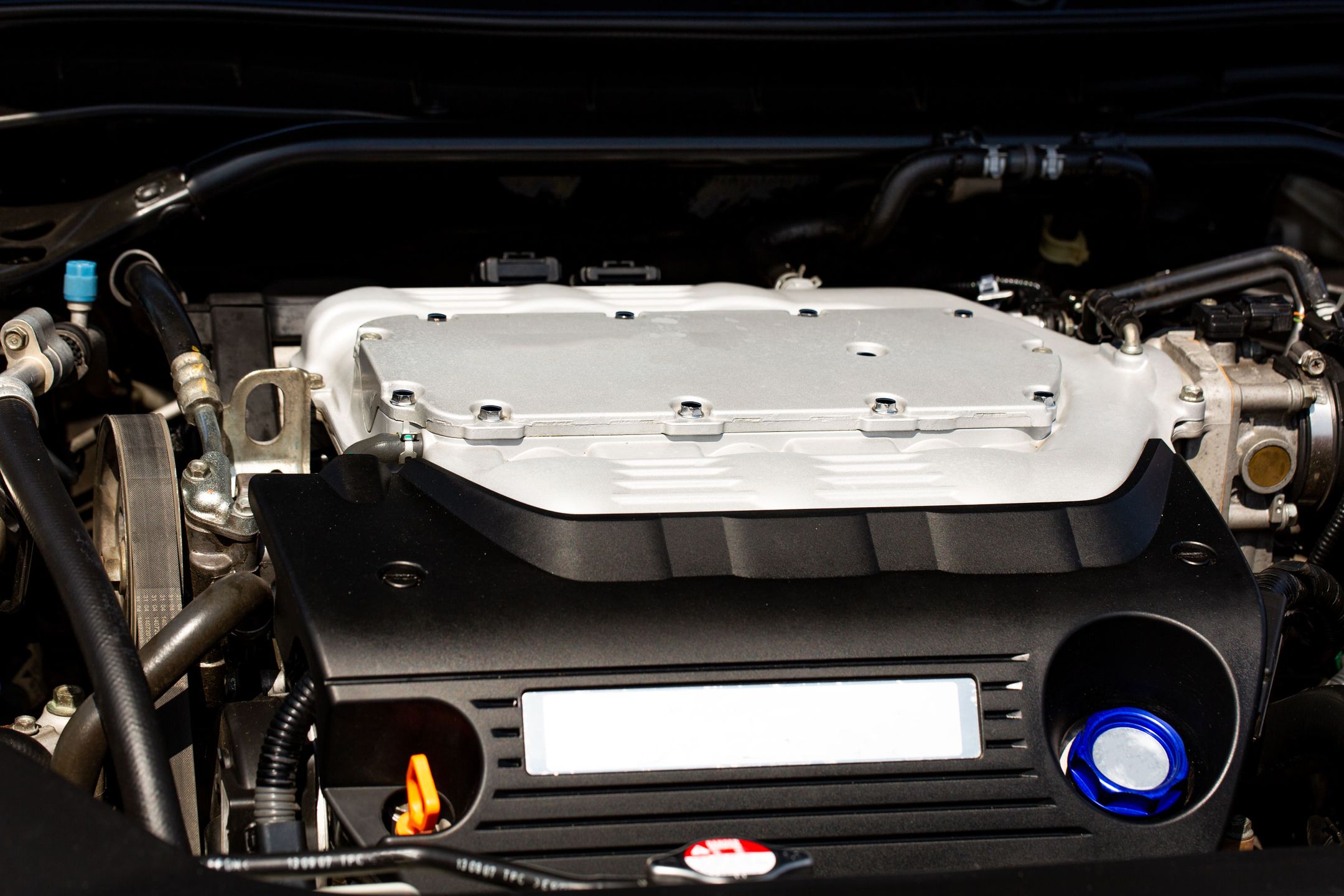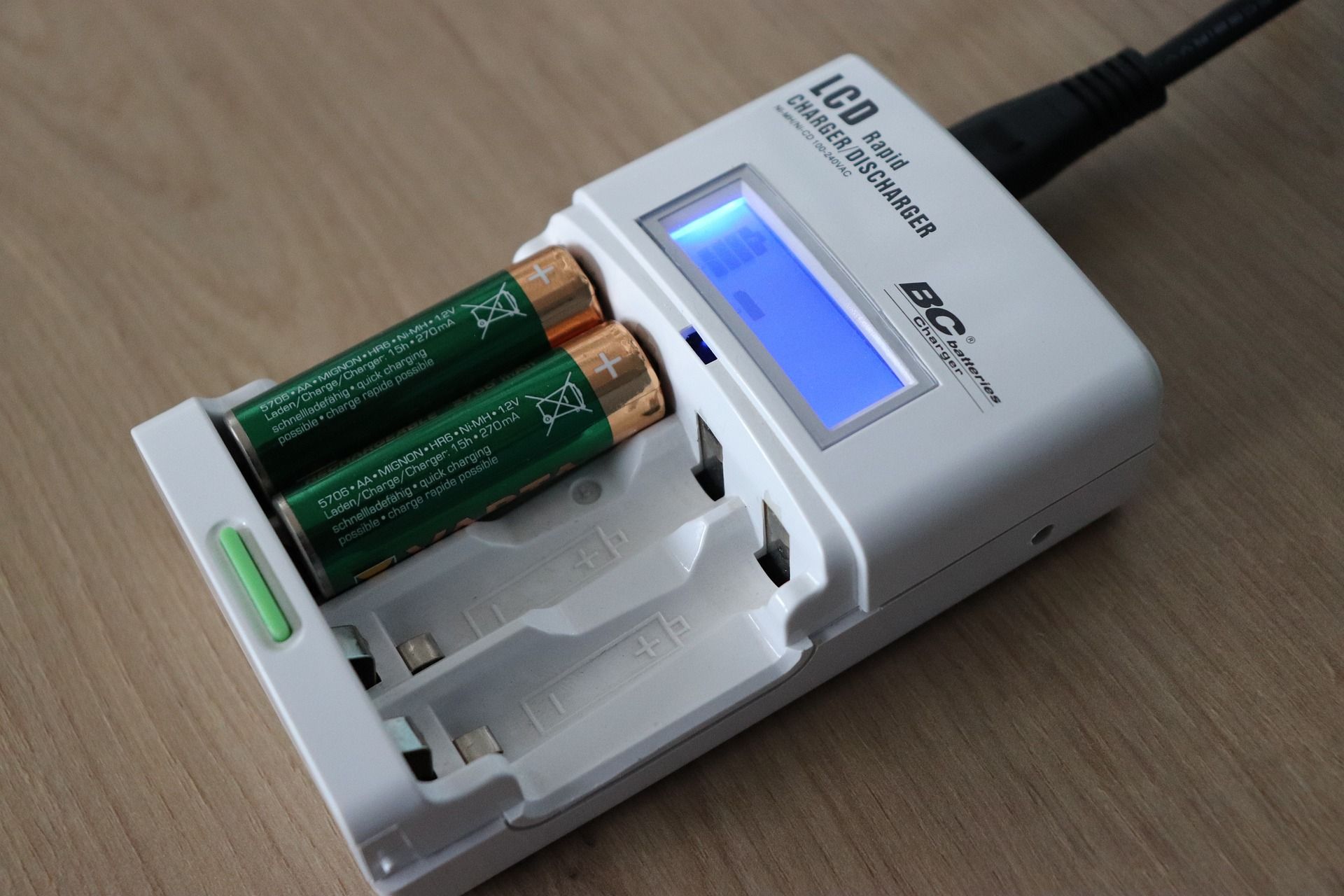
Inquiry
How to Charge a LiFePO4 Battery? Maximizing Performance and Safety
Lithium Iron Phosphate (LiFePO4) batteries have become a popular choice for a wide range of applications due to their superior performance, safety, and longevity. However, to take full advantage of these benefits, it is crucial to understand the correct way to charge a LiFePO4 battery. This guide will cover everything from the basics of LiFePO4 batteries to the best charging practices and common pitfalls to avoid.
What is a LiFePO4 Battery?
LiFePO4 batteries are a type of lithium-ion battery that uses lithium iron phosphate as the cathode material. They are known for their high energy density, long cycle life, and excellent thermal stability. These features make them ideal for use in electric vehicles, solar energy systems, and other applications where safety and reliability are paramount.
Compared to traditional lead-acid batteries, LiFePO4 batteries offer several advantages:
- Longer Lifespan: LiFePO4 batteries can last up to 10 times longer than lead-acid batteries.
- Lightweight: They are significantly lighter, making them ideal for portable applications.
- Faster Charging: LiFePO4 batteries can be charged faster than lead-acid batteries.
- Safety: They are less prone to overheating and do not suffer from thermal runaway.
Do You Need a Special Charger to Charge a LiFePO4 Battery?
Yes, you do need a special charger to charge a LiFePO4 battery. Unlike other types of batteries, LiFePO4 batteries require a specific charging profile to ensure safety and longevity. Using a charger designed for lead-acid or other lithium-ion batteries can result in incorrect charging, which can damage the battery or reduce its lifespan.
A LiFePO4 charger typically features:
- Correct Voltage and Current Settings: To match the specific requirements of LiFePO4 batteries.
- Battery Management System (BMS) Compatibility: To ensure the battery is charged safely and efficiently.
- Overcharge Protection: To prevent overcharging, which can damage the battery.
What is the Best Way to Charge a Lithium-Ion Battery?
The best way to charge a lithium-ion battery, including LiFePO4, involves several key practices:
- Use a Compatible Charger: Ensure the charger is specifically designed for LiFePO4 batteries.
- Charge at the Recommended Voltage and Current: Follow the manufacturer’s specifications for voltage and current to avoid overcharging or undercharging.
- Monitor the Charging Process: Keep an eye on the battery during charging to ensure it doesn’t overheat.
- Avoid Extreme Temperatures: Charge the battery at room temperature to ensure optimal performance and safety.
- Use a Multi-Stage Charger: This type of charger adjusts the current and voltage throughout the charging process to maximize efficiency and battery health.
What Happens if You Use the Wrong Charger for a Lithium Battery?
Using the wrong charger for a lithium battery can have several negative consequences:
- Overcharging: A charger with too high a voltage can overcharge the battery, leading to overheating and potential damage.
- Undercharging: A charger with too low a voltage may not fully charge the battery, reducing its capacity and runtime.
- Reduced Lifespan: Incorrect charging can significantly shorten the battery's lifespan.
- Safety Risks: In the worst-case scenario, using the wrong charger can cause the battery to overheat, swell, or even catch fire.
How Long Does It Take to Charge a LiFePO4 Battery?
How Long Does It Take to Charge a 100Ah LiFePO4 Battery?
The time it takes to charge a LiFePO4 battery depends on several factors, including the battery’s capacity, the charger’s output, and the state of charge. For a 100Ah LiFePO4 battery, typical charging times are as follows:
- Using a 20A Charger: It will take approximately 5 hours to fully charge the battery.
- Using a 50A Charger: It will take about 2 hours to fully charge the battery.
These times can vary based on the battery’s initial state of charge and the efficiency of the charger.
How to Charge LiFePO4 from Alternator
Charging a LiFePO4 battery from an alternator involves a few specific steps to ensure safe and efficient charging:
- Install a DC-DC Charger: This device regulates the voltage and current from the alternator to match the requirements of the LiFePO4 battery.
- Connect the DC-DC Charger to the Alternator: Ensure proper wiring and secure connections.
- Monitor the Charging Process: Keep an eye on the battery and the DC-DC charger to prevent overcharging.
- Use a Battery Management System (BMS): A BMS helps manage the charging process and protects the battery from overcharging, undercharging, and overheating.
LiFePO4 Battery Charging FAQs
Can you use a solar charger for LiFePO4 batteries?
Yes, you can use a solar charger, but ensure it is compatible with LiFePO4 batteries and includes a charge controller to regulate the voltage and current.
Is it safe to leave a LiFePO4 battery on charge overnight?
While LiFePO4 batteries are generally safer than other types, it is best to avoid leaving them on charge overnight to prevent any potential issues.
What is the recommended charging voltage for LiFePO4?
The recommended charging voltage for LiFePO4 batteries is typically around 14.6V for a 12V battery. Always refer to the manufacturer’s specifications.
Can I use a standard lithium-ion charger for LiFePO4 batteries?
No, using a standard lithium-ion charger can damage a LiFePO4 battery. Always use a charger specifically designed for LiFePO4 batteries.
How can I tell if my LiFePO4 battery is fully charged?
Most LiFePO4 chargers have an indicator light or display to show when the battery is fully charged. Alternatively, you can measure the voltage; a fully charged LiFePO4 battery should be around 14.6V.
What should I do if my LiFePO4 battery gets too hot while charging?
If your LiFePO4 battery gets too hot, stop charging immediately and allow it to cool down. Check for any issues with the charger or the battery itself before resuming charging.
Conclusion
Charging a LiFePO4 battery correctly is essential for maximizing its performance, safety, and lifespan. By understanding the unique requirements of LiFePO4 batteries and following best practices, you can ensure your battery remains in optimal condition. Whether you're using a standard charger, solar charger, or charging from an alternator, always prioritize using the right equipment and monitoring the charging process closely.
Our expert will reach you out if you have any questions!


